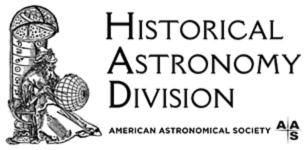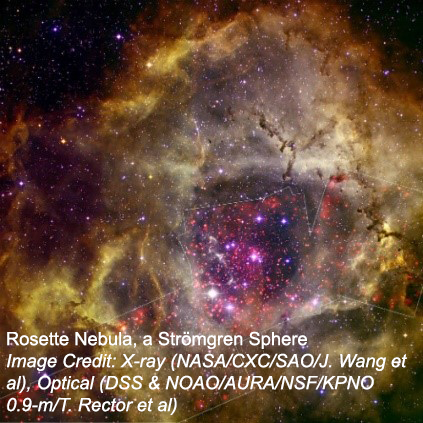This Month in Astronomical History: Remembering Bengt Strömgren
Teresa Wilson United States Naval Observatory
 Each month as part of this new series from the Historical Astronomy Division of the AAS, an important discovery or memorable event in the history of astronomy will be highlighted. This month, we look at the life and work of Bengt Strömgren.
Each month as part of this new series from the Historical Astronomy Division of the AAS, an important discovery or memorable event in the history of astronomy will be highlighted. This month, we look at the life and work of Bengt Strömgren.
 Bengt Strömgren was born on 21 January 1908 in Gothenburg, Sweden, to Elis Strömgren, a professor of astronomy at the University of Copenhagen and the director of the observatory there, and Hedvig Strömgren (née Lidforss), his wife. Raised in Denmark and immersed in an environment that would lend itself to a successful scientific career, he soon proved himself to be the Mozart of Astronomy, publishing his first paper by the age of 14. He began his Bachelor’s degree at the University of Copenhagen in 1925 and had completed a PhD by 1929, at the age of 21.
Bengt Strömgren was born on 21 January 1908 in Gothenburg, Sweden, to Elis Strömgren, a professor of astronomy at the University of Copenhagen and the director of the observatory there, and Hedvig Strömgren (née Lidforss), his wife. Raised in Denmark and immersed in an environment that would lend itself to a successful scientific career, he soon proved himself to be the Mozart of Astronomy, publishing his first paper by the age of 14. He began his Bachelor’s degree at the University of Copenhagen in 1925 and had completed a PhD by 1929, at the age of 21.
Strömgren also studied theoretical physics at the Niels Bohr’s Institute where he learned about the newly-developed theory of quantum mechanics. He began to wonder whether one could see the effects of quantum physics in space, specifically looking at its applications in stars. In the 1930s, he focused on the chemical composition of stars. Up until this time, astronomers generally thought that stars were made up of a wide variety of elements, similar to Earth. After careful study, Strömgren found that recent work by astrophysicists such as Cecilia Payne (later Payne-Gaposchkin) correctly identified that the primary component of stars as hydrogen — specifically, about 70% hydrogen and 27% helium.
 In 1936, Strömgren was invited to the University of Chicago and the 18-month appointment abroad qualified him to take over his father’s position at the University of Copenhagen in 1940. During this time, he discovered shells of ionized hydrogen around stars, now known as Strömgren Spheres, publishing his findings just before World War II. The Rosette Nebula is one of the most prominent examples of a Strömgren Sphere.
In 1936, Strömgren was invited to the University of Chicago and the 18-month appointment abroad qualified him to take over his father’s position at the University of Copenhagen in 1940. During this time, he discovered shells of ionized hydrogen around stars, now known as Strömgren Spheres, publishing his findings just before World War II. The Rosette Nebula is one of the most prominent examples of a Strömgren Sphere.
While isolated during the German occupation of Denmark, Strömgren began building the Brorfelde Observatory. After the war, funding for scientific endeavors was severely limited in Europe and he moved to the United States in 1951, becoming the director of the Yerkes and McDonald Observatories. Then, as the "man who took over Einstein’s office," he was instituted as the first professor of theoretical astrophysics at the Institute for Advanced Study at Princeton University in 1957. Working in stellar astrophysics while there, he published the Strömgren photometric system, a new method for stellar classification.
Strömgren received many awards for his accomplishments throughout the years, including the Bruce Medal in 1959, the Gold Medal of the Royal Astronomical Society in 1962, and the Janssen Medal in 1967. He was also awarded the American Astronomical Society’s Henry Norris Russell Lectureship in 1965, and became the Society’s 21st president from 1966–1967. In 1967, he returned to Denmark, continuing his work until his death on 4 July 1987.
The story of Bengt Strömgren is one of seemingly unattainable achievements in the realm of astronomy and astrophysics, though aspiring scientists may hope that someday their life’s work will contain as many breakthroughs as his. But when faced with the reality of the situation, as musicians find when looking to Mozart, these are the giants on whose shoulders we stand on, looking even just a little beyond what they could see.
Each month is an exciting new adventure into the archives of astronomical history, but before I continue any further, I would appreciate your feedback to ensure my writing is reaching the largest audience possible. Please participate in a brief questionnaire (approximately 10 minutes) about the style and content. You may also submit any suggestions for future topics. Thank you!

